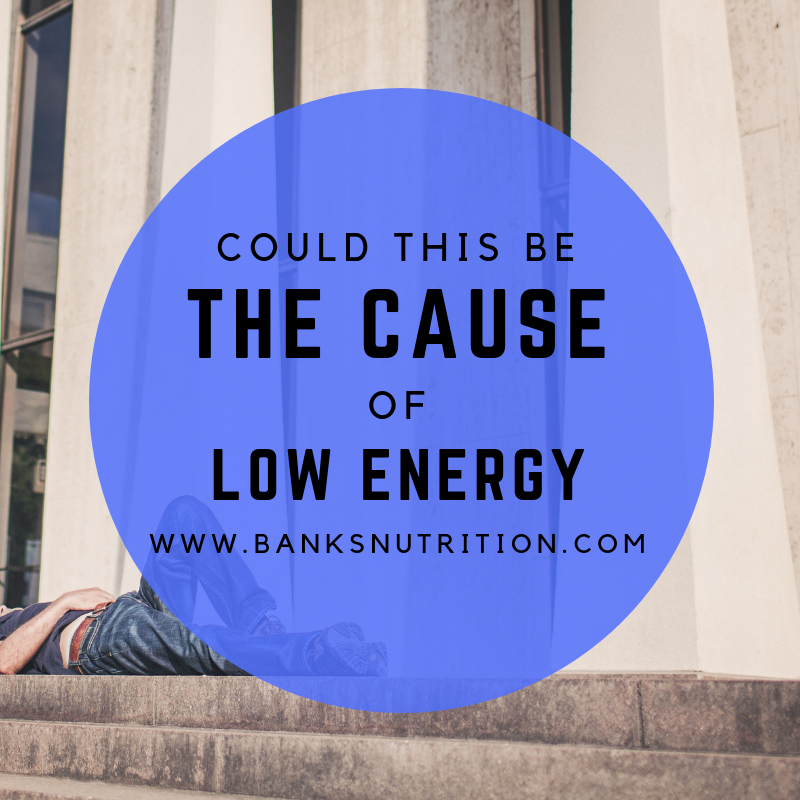
Could this be the Cause of Low Energy?
August 17, 2011
In other posts we discussed the first two common causes of fatigue and lack of energy. As a review, the three common causes of these symptoms are:
-
Adrenal gland imbalance
-
Thyroid hormone resistance
-
Cell energy processing deficits
The last of the “big three” is cell energy processing deficits. This problem is simply where our cells, which are the ultimate production sites of energy, cannot fully convert dietary supplied energy such as sugars and fats effectively into usable energy.
The two prior factors, adrenal and thyroid hormone signaling, relate to the process of stimulating cells to try to produce energy. However, once that signal is received by the cell, several chemical steps must happen for the actual energy production.
Processing of energy from the cell surface to the final form of energy called ATP requires about three dozen progressive chemical conversions. Each conversion requires an enzyme which the cell makes from a gene or unique area of the cell DNA which has the genetic code for that individual enzyme. Of our 33,000 genes about 4,000 make the enzymes that run our bodies.
Sometimes, these enzyme conversions become impaired and don’t function as well as they can. Several problems may affect the activity of our enzymes:
-
Nutrient deficiencies
-
Genetic variation
-
Chemical imbalances in the body
Nutrient Deficiencies
When a new copy of a given enzyme is made in the cell, the copy is inactive and must be activated to work by a “co-factor”. These co-factors are nutrients, most of which must come from the diet. Almost every study that has examined dietary nutrient intake has found broad areas of functional deficiency related to commercial growing methods, food processing and chemicals in the diet that interfere with nutrient absorption. Another major cause of nutrient deficiency is the use of stomach acid inhibiting drugs. Stomach acid is very important for both the extraction of nutrients from food and for their absorption.
Genetic Variation
Every human gene that has been completely studied has been shown to have 3-5 variations. These variations are small genetic alterations called “polymorphisms” that result in the enzymes from one person to the next to be more or less active. Less active enzymes are slower to process the energy production step for which they are responsible. Each person has perhaps several hundred of these minor gene variations which account for our varying disease risks
One of the most interesting discoveries has been that if a gene produces a weak enzyme, its activity or ability to work can be increased by supplying it with higher amounts of the unique nutrient co-factors that activate it.
This discovery has spawned a new area of study called “nutrigenomics” which simply means designing nutrient levels specific for the individual’s genetic pattern. Not all individuals have the same requirement for particular individual nutrients as has been the past assumption.
Chemical Imbalances in the Body
Many chemical imbalances ranging from those which occur secondary to inflammation, to excessive oxidative stress, or to chronic infections cause interference with many cell enzyme activities. This is why something like an infection makes us feel so bad and have no energy. Chronic, low grade infections can cause this process on an ongoing basis.
This mechanism requires the most investigation and testing to figure out because it can have so many contributing factors. It is not uncommon for small genetic variations or gene polymorphisms to not cause any problems until another problem such as the activation of chronic inflammation exists. This is puzzling as “haven’t the genetic variations always existed?” They are often minor and cause no noticeable symptoms until the addition of a chemical imbalance finally triggers enough alteration of cell energy processing to cause symptoms
Treatment
Through current available testing, variations in cell energy processing can be evaluated and an individualized nutrient program can be designed and implemented restoring cell energy patterns. There is not a point in life where lack of energy or fatigue is normal or needs to be accepted as permanent.